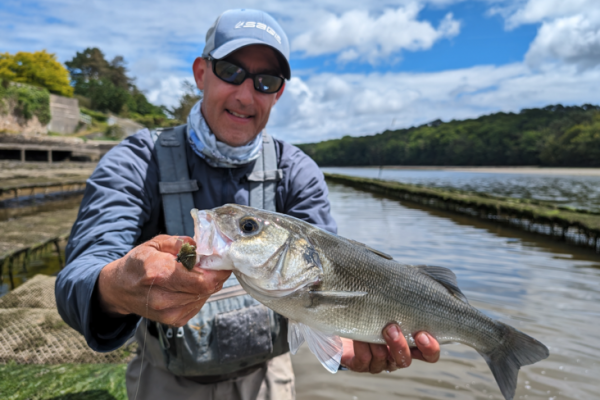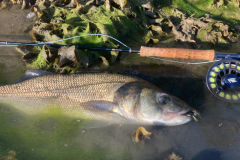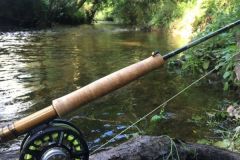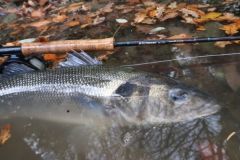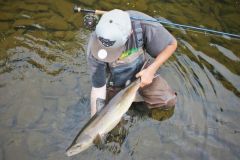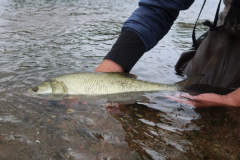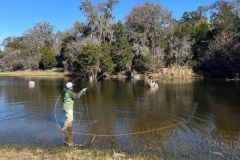Sea bass are active feeders from April to November, and even though there are more visitors in summer, they remain active. You'll need to find spots further away from water sports, or fish early in the morning and in the evening.
1-Deceiver
Small fish imitations remain the best flies when fishing for sea bass in the open sea, on beaches, but also on the coast. Sea bass feed mainly on fish at sea.
You need to adapt the size and colors of your flies to the prey present on the fishing spots where you find yourself, but with a few colors and 2 sizes (12 and 15 cm) you'll cover most situations.
Colors to have in these boxes: white/chartreuse, white/gray, white/olive, white/blue, white/yellow, all white.
How to use :
From the shore, a floating silk remains the most suitable, but as soon as the current is strong or the depth greater, an intermediate silk should be used.
You need to animate your flies with strips (pulls) of varying speed and length. It's important to vary to find the animation of the moment.
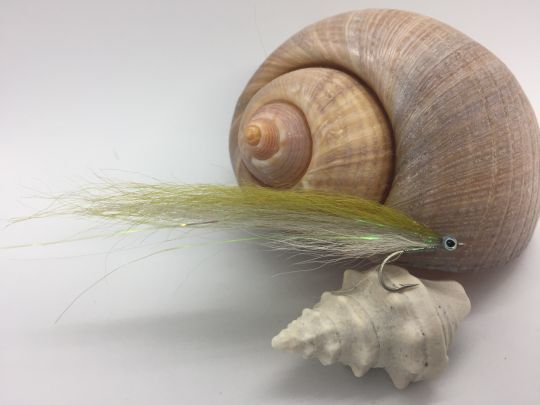
2- Bend back Clouser
The clouser is a weighted fly invented a long time ago to fish for various marine predators, particularly exotic ones. Today, it is certainly the most widely used fly in saltwater and an excellent fly for sea bass.
This inverted or bend back mounting allows you to thread your way through seaweed and wrack without fear of snagging.
Colors: same as deceiver
How to use :
From the shore, a floating silk remains the most suitable, but as soon as the current is strong or the depth greater, an intermediate silk should be used.
You need to animate your flies with strips (pulls) of varying speed and length. It's important to vary to find the animation of the moment.
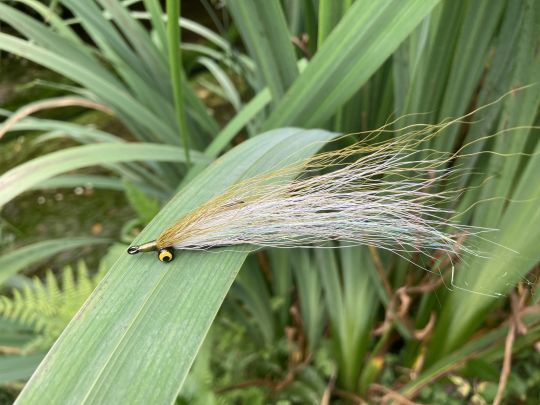
3- Shrimp
Shrimps are a common prey item for sea bass, which can be found on many feeding grounds.
Whether around oyster beds, on beaches or in estuaries, sea bass actively seek them out.
How to use :
Shrimp can be used both for sight-fishing when bass are hunting on the edges and for prospecting.
When sight-fishing, the fly must be placed gently in front of the marauding bass(s) and animated by short, short pulls alternating with pauses.
When prospecting, the animation remains the same, but you can't see the fish. You'll need to adapt your rig according to depth to fish close enough to the bottom on the edges. Be sure to pause for varying lengths of time to let the shrimp sink.
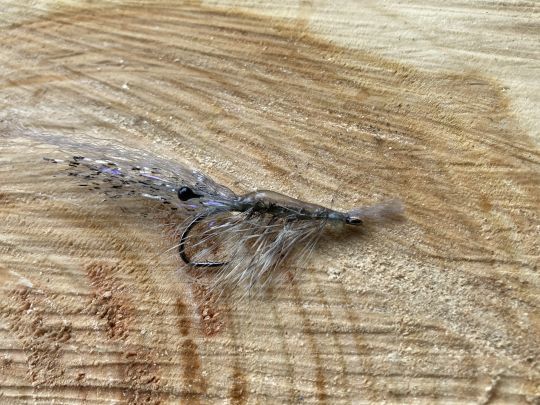
4-Pop shrimp
When chased, shrimp don't hesitate to jump to the surface to escape their predator. Sea bass can also pick them up from below the surface, like sticking their heads out of the water to swallow them.
Here's a floating model, which like a small gurgler will glide over the skin of the water, emitting vibrations and making a little noise. This fly imitates shrimp jumping to the surface.
How to use :
Popper it to imitate a small shrimp jumping to the surface. Make a few pauses and then a few short pulls to create small sprays of water.
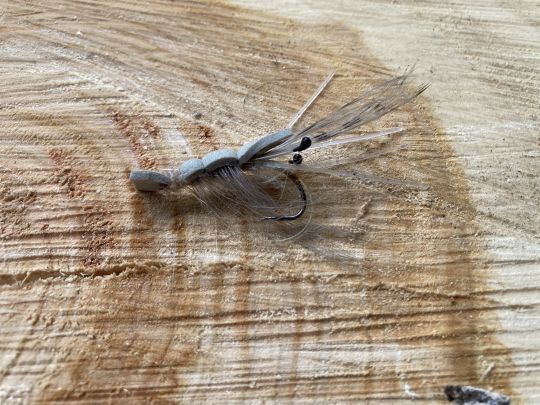
5- Crab
Whether at sea or in estuaries, sea bass love crabs, which are very easy to catch.
In estuaries, sea bass from 50 to over 70 cm actively seek out green crabs on the edges. This is an exciting but highly technical 100% sight fishing. You need to be able to cast quickly and accurately on marauding bass.
How to use :
Green crab imitations are mainly used for sight-fishing for sea bass. You need to spot the bass and cast on its trajectory to intercept it and offer it the crab on the bottom.
In some cases, you can cast blind close to seaweed clumps where sea bass roam. Make short, very short casts, alternating with long pauses. The crab should be on the bottom.

Happy editing!
